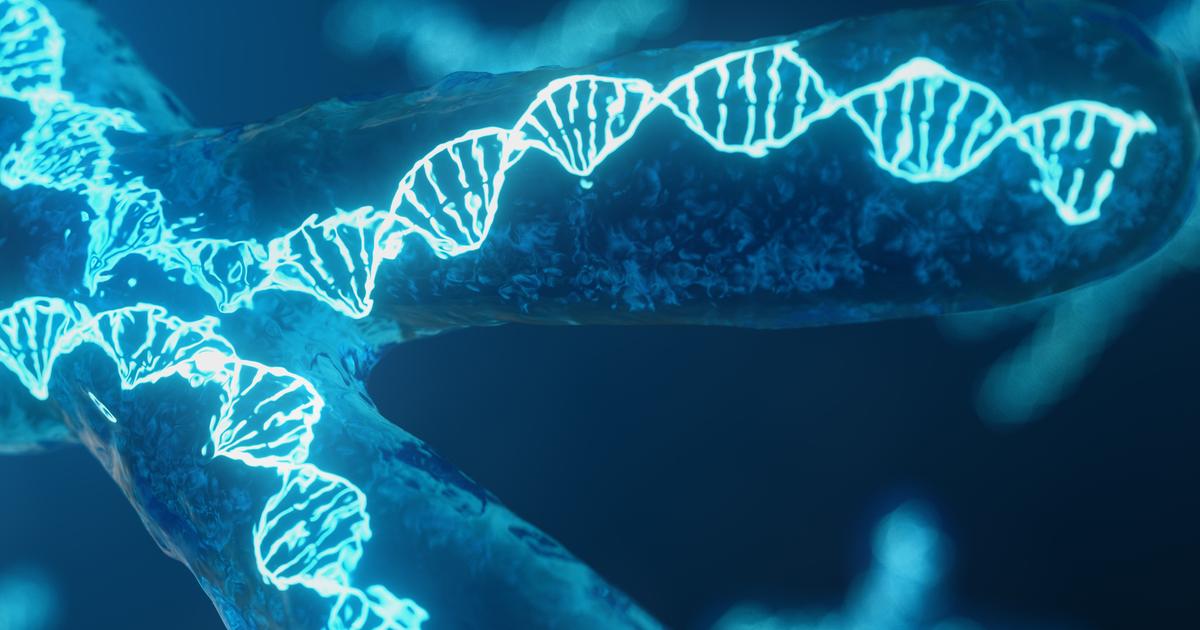Overview Of The Causes And Complications Of Essential Tremor
Essential tremor is a movement disorder where a patient experiences involuntary shaking with a rhythmic motion. It appears most often in their hands. This condition is different from a tremor that occurs as a complication of another disorder or head trauma. Other neurological symptoms occur alongside essential tremor as they do with a tremor that has other causes. Essential tremor is most prominent when affected individuals move and perform different activities, such as drinking, eating, and writing. This condition is also noticeable when the patient is extending the affected part of their body and the muscles they are using are opposing gravity. Aside from the hands and arms, essential tremor can occur in the trunk, head, face, and neck.
Unfortunately, there is no essential tremor cure. However, there are many available treatments for essential tremor. Many patients will need prescription medicine for essential tremor, such as seizure medication, beta-blockers, and benzodiazepines. Essential tremor natural treatment often includes physical and occupational therapy to learn adapted ways to complete basic tasks. It is worth noting, though, that some individuals will need surgery for essential tremor. Of course, they must understand the causes and complications of this condition first.
Genetic Mutation
Half of all essential tremor patients have a genetic mutation that has caused them to develop it. An individual born to a parent with essential tremor has a fifty percent chance of inheriting the genetic mutation responsible. However, not everyone affected by associated genetic mutations will develop symptoms of essential tremor. The genetic mutations most often associated with essential tremor are those that occur on an individual's LINGO1, ETM1, ETM2, ETM3, FUS, SLC1A2 HS1-BP3, and TLS genes. This mutation is inherited in an autosomal dominant manner in most cases.
Usually, there is no correlation between the severity and age of onset of essential tremor that runs within a family. Most individuals affected by a familial form of essential tremor have developed it due to their genetic abnormality and other environmental risk factors that have either triggered or activated the abnormal gene in their body.
Read more about what can cause essential tremor now.
Older Age

Older individuals are more likely to develop symptoms of essential tremor. Despite this, essential tremor is not a part of the natural aging process. The first symptoms of essential tremor do not manifest in most patients until the fourth or fifth decade of their life. Around four percent of individuals who are forty years old or older are affected by some tremors. The mean age of affected individuals at the time of their first symptoms is between thirty-five and forty-five years old.
Most individuals who will develop essential tremor will see symptoms by sixty-five years old and most definitely by seventy years old. There is a negative correlation between the severity and frequency of essential tremor as it progresses over time. The severity of essential tremor tends to worsen as patients age. In contrast, the frequency of their tremor episodes tends to decrease as they age. It is rare for essential tremor to be seen in children, newborns, and infants.
Read about more causes and complications of essential tremor now.
